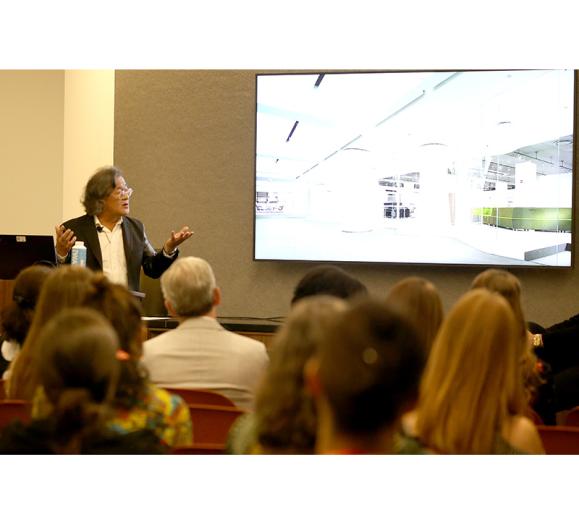Augmented reality (AR) has shown it has the power to influence shoppers, and now Houzz has its own numbers to back that up.
During his keynote address at Internet Retailer Conference + Exhibition last week, Houzz Co-founder and President Alon Cohen shared just how beneficial Houzz's View In My Room AR feature has been to the company.
- Over 2 million have used the feature since its launch nine months ago.
- More than 1 million products have 3D renderings on the site.
- AR users are 11 times more likely to make a purchase than those who don't use AR.
Take about a boost in consumer confidence. Here's an update on where AR is going and how designers can use AR on e-commerce sites to their advantage.
An AR update
In some ways, AR and virtual reality (VR) have been buzzwords in the industry — looks great, but it's so expensive.
It seems only the big guys — IKEA, Wayfair and Crate & Barrel — can really break into AR. Indeed, when Apple released IOS 11 and included its ARKIT, a developmental platform that allows app builders to use AR in their apps and have those apps be accessible to any IOS user on any platform, the major retailers jumped on it.
Then earlier this year, we reported on how Mozilla, Google and Apple may pave the way for easier access to AR technology. All three are trying to build AR capabilities into their apps so users don't have to download a ton of different apps to use AR technology. All they need is the web browser, and manufacturers will need to supply the 3D images.
Like anything else, good things come to those who wait, and this technology is still more than a year away from happening. In the meantime, designers should be connecting with manufacturers they work with and ask if their teams are ready for AR. AR works best with 3D images, and all manufacturers will need to supply these images to make AR work effectively.
What interior designers need to know
Many interior designers have a love-hate relationship with websites like Houzz and Wayfair. On the one hand, Houzz can help land clients, but it can be challenging when clients shop around their designers on Houzz. And of course, there's the general danger of buying anything online: it might show up broken, with the wrong color and too big for the space.
Some clients have tighter budgets than others, and though it may be frustrating when clients try to find similar products you've suggested at a lower price, don't take it personally. Rather than trying to stop clients from shopping around, the best course is just to be upfront with them. Explain why two similar products have different prices and talk about the benefits of working with an interior designer directly and potential problems that come with ordering furniture sight unseen. If they'd still rather go with products found on Houzz or Wayfair, let it go, set expectations and move on.
You have these AR tools at your disposal, so use them when working onsite with clients and encourage them to use them in their own homes to test out how the products look. This will help head off feelings of buyer's remorse, and it will help you feel more confident in the purchase.
You may also consider joining e-commerce trade programs on Houzz and Wayfair. Both offer a more elevated level of service to help designers choose great products and assist with any issues that come up.
Will you use AR with your clients? Share with us in the comments!







